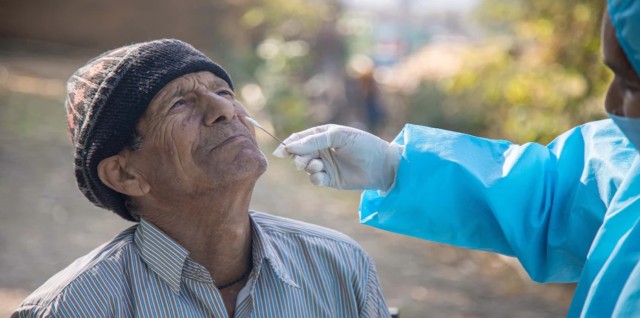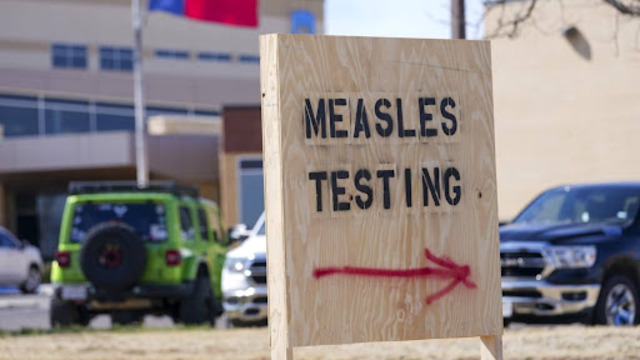
Public Health nurse Lauri Bidinot shows how to give a measles vaccine to a young girl at Southwestern Public Health in St. Thomas, Ontario, on Tuesday, March 4, 2025. THE CANADIAN PRESS/ Geoff Robins
Ontario is seeing a sharp rise in measles infections, with 173 new cases confirmed in just one week. According to the latest data from Public Health Ontario, this brings the total number of cases to 1,795 since the outbreak began last October.
“That’s 173 more than we want to see,” said Dr. Sarah Wilson, a public health doctor with the agency. She explained that the virus is still spreading rapidly, mostly among people who haven’t received the measles vaccine.
The situation is especially concerning for young people. Three out of four infections have been reported in people under 20, including babies, children, and teens. A staggering 95% of those infected either weren’t vaccinated or don’t know their vaccination status, Wilson added.
The report also revealed that the number of new cases is in line with recent weekly trends, showing that the outbreak isn’t slowing down. Ten more people were hospitalized last week, pushing the total number of hospitalizations to 129, with 10 requiring intensive care.
While the virus has now been reported in several parts of Ontario, the hardest-hit areas remain in the southwest. The Southwestern Public Health region — covering Oxford County, Elgin County, and St. Thomas — reported 98 of the new cases alone. Other affected regions include:
- Huron Perth Public Health: 22 new cases
- Grand Erie Public Health: 14 new cases
- Chatham-Kent Public Health: 10 new cases
The virus has also made its way into schools. Earlier this month, two high schools in the Region of Waterloo were temporarily shut down after confirmed cases were found.
Measles is not just an Ontario issue. It has been making a comeback in other provinces, including Alberta, where more than 500 cases have been reported since March.
Dr. Wilson stressed the importance of getting vaccinated to stop the spread. Many communities affected by the outbreak have low vaccination rates, which makes them more vulnerable.
The report, published May 22, 2025, highlights an urgent need for public health outreach, especially in areas where vaccine hesitancy is high.















